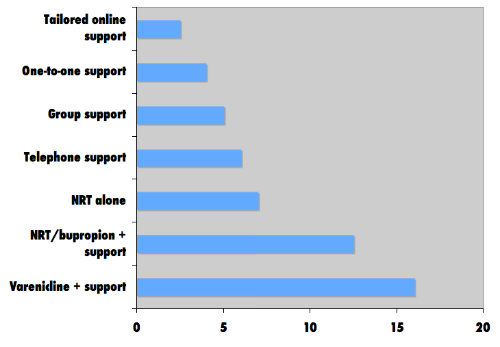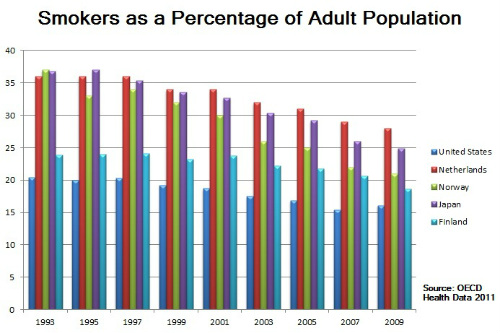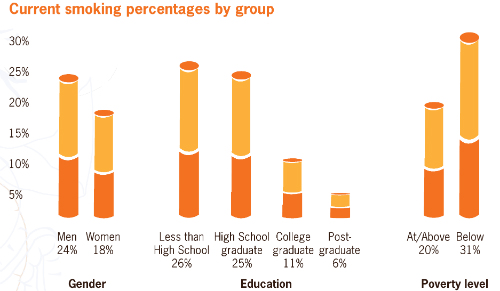- Most smoking cessation guidelines advise quitting abruptly.
- This was found to be the most effective method.
- Irrespective of quitting strategy, most smokers require repeated quit attempts before they are successful.
- Primary care physicians can be secure in stressing the patients quit abruptly.
- Millions of pack years of smoking can be avoided if smokers quit cold turkey versus tapering to a quit.
Quitting smoking abruptly is more likely to lead to lasting abstinence than cutting down first, according to an article published online recently in the Annals of Internal Medicine. This finding held irrespective of the smoker’s preferred quitting strategy. This study bears out the party line on quitting.
Most smoking cessation guidelines advise quitting abruptly. In this randomized, controlled, noninferiority trial 697 adult smokers with tobacco addiction either quit smoking abruptly or reduced smoking gradually by 75% in the 2 weeks before quitting. Both groups received behavioral support from nurses and used nicotine replacement before and after quit day. (Figures 1 and 4.)

The researchers examined two outcomes: The primary outcome measure was prolonged validated abstinence from smoking 4 weeks after quit day. The secondary outcome was prolonged, validated, 6-month abstinence.
“We recruited 697 smokers [Figures 2 and 3] who had chosen to stop smoking. They were split into 2 groups. One group—the ‘abrupt cessation’ group—set a quit day and stopped all smoking on that day,” explained Nicola Lindson-Hawley, MD, in a press release from Oxford University, Oxford, England. Dr. Lindson-Hawley is a post-doctoral researcher in the Nuffield Department of Primary Care Health Sciences at Oxford. She led the Oxford research team.


“The second group—the ‘gradual cessation’ group – set a quit day but gradually reduced their tobacco use in the 2 weeks leading up to that date, Dr. Lindson-Hawley explained. “Both groups had advice and support and access to nicotine patches and nicotine replacement therapy, like nicotine gum or mouth spray.” (Figure 4.)

At 4 weeks, 39.2% (95% CI, 34.0% to 44.4%) of the participants in the gradual-cessation group were abstinent compared with 49.0% (CI, 43.8% to 54.2%) in the abrupt-cessation group (relative risk, 0.80 [CI, 0.66 to 0.93]). At 6 months, 15.5% (CI, 12.0% to 19.7%) of the participants in the gradual-cessation group were abstinent compared with 22.0% (CI, 18.0% to 26.6%) in the abrupt-cessation group (relative risk, 0.71 [CI, 0.46 to 0.91]).
Participants who preferred gradual cessation were significantly less likely to be abstinent at 4 weeks than those who preferred abrupt cessation (38.3% vs 52.2%; P=0.007).
